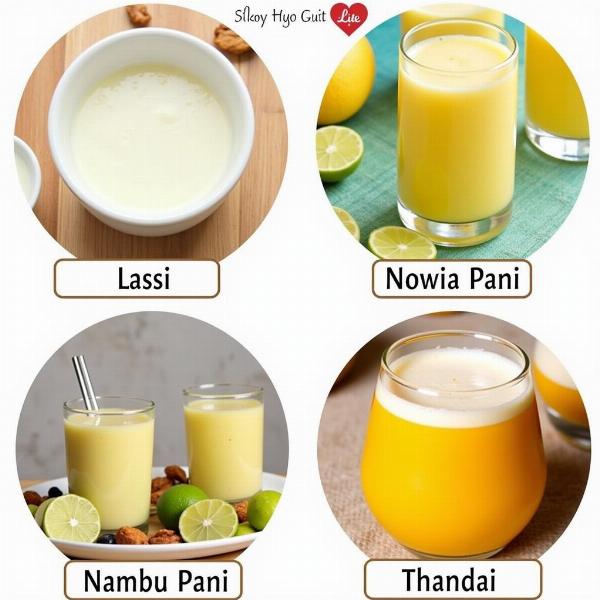Intense heat, a common experience in India, translates to various terms in Hindi, each with its own nuances. Understanding these subtleties can enrich your understanding of the language and culture. This article explores the different ways to express “intense heat” in Hindi, delving into their meanings and usage.
Decoding the Heat: Various Hindi Terms for “Intense Heat”
Hindi offers a rich vocabulary to describe intense heat, reflecting the country’s diverse climate and cultural perceptions. Let’s explore some of the most common and nuanced terms:
- तेज़ गर्मी (Tez Garmi): This is the most straightforward translation, literally meaning “strong heat.” It’s a general term used to describe high temperatures.
- कड़ी धूप (Kadi Dhoop): This translates to “harsh sunlight” and emphasizes the scorching effect of the sun. It’s often used when the sun’s rays are particularly intense.
- भयंकर गर्मी (Bhayankar Garmi): This term denotes “terrible heat,” implying a level of discomfort and even danger. It’s used when the heat is extreme and potentially harmful.
- चिलचिलाती धूप (Chilchilati Dhoop): This evocative phrase describes “blazing sunlight,” emphasizing the burning sensation on the skin.
- लू (Loo): This refers to a hot, dry wind that blows across northern India during the summer. It’s often associated with heatstroke and other heat-related illnesses.
How to Use These Terms in Conversation
Imagine you’re talking to a friend about the weather. You could say, “आज कड़ी धूप है (Aaj kadi dhoop hai),” meaning “The sunlight is harsh today.” Or, if the heat is unbearable, you might exclaim, “यह भयंकर गर्मी है! (Yeh bhayankar garmi hai!),” meaning “This heat is terrible!”
Beyond the Heat: Cultural Adaptations
Indian culture has developed various ways to cope with intense heat. These include wearing light-colored clothing, drinking cooling beverages like lassi and nimbu pani, and staying indoors during the hottest part of the day.
What is the difference between “garmi” and “dhoop”?
While both relate to heat, “garmi” (गर्मी) refers to the temperature itself, while “dhoop” (धूप) refers specifically to sunlight.
Is “loo” dangerous?
Yes, “loo” (लू) can be very dangerous. Prolonged exposure can lead to heatstroke, which can be fatal. It’s important to take precautions during a “loo.”
 Indian Cooling Drinks
Indian Cooling Drinks
Conclusion
Understanding the nuances of Hindi vocabulary related to intense heat provides valuable insight into both the language and the culture. From the general “tez garmi” to the specific and dangerous “loo,” these terms paint a vivid picture of the Indian summer experience. Remember to stay hydrated and take precautions during periods of intense heat.
FAQ
- What is the most common Hindi word for intense heat? Tez garmi is a common and general term.
- What does “loo” mean in Hindi? “Loo” refers to a hot, dry wind common in northern India.
- How can I describe scorching sunlight in Hindi? Use kadi dhoop or chilchilati dhoop.
- What is the Hindi word for “terrible heat”? Bhayankar garmi expresses extreme heat.
- What are some ways to cope with intense heat in India? Drink cooling beverages, wear light clothing, and stay indoors during peak heat.
- Is there a difference between “garmi” and “dhoop”? Yes, “garmi” refers to temperature while “dhoop” refers to sunlight.
- What are some examples of cooling Indian drinks? Lassi, nimbu pani, and thandai.
Connect with Meaning-Hindi.in for Expert Hindi Translation Services
Meaning-Hindi.in is your trusted partner for accurate and nuanced Hindi translation services. We specialize in various domains, including business, legal, technical, website localization, and academic translations. Whether you need to translate documents, interpret conversations, or localize your website for the Indian market, our expert team delivers high-quality, culturally sensitive translations. Contact us today for a free quote and experience the Meaning-Hindi.in difference. Email: [email protected], Phone: +91 11-4502-7584. Reach out to Meaning-Hindi.in now!